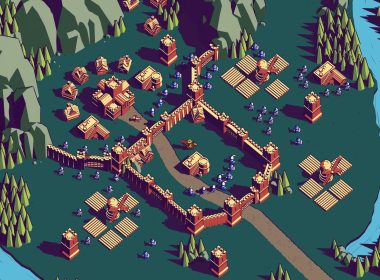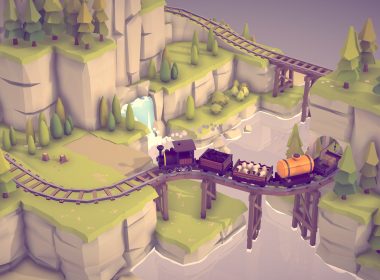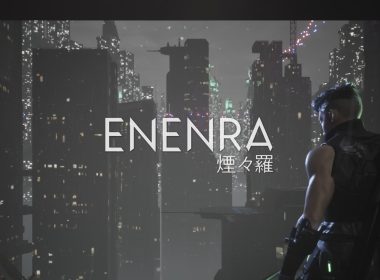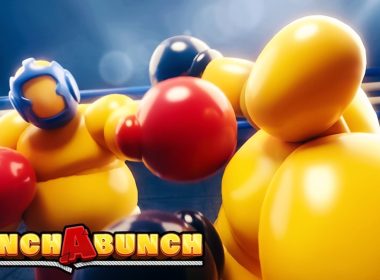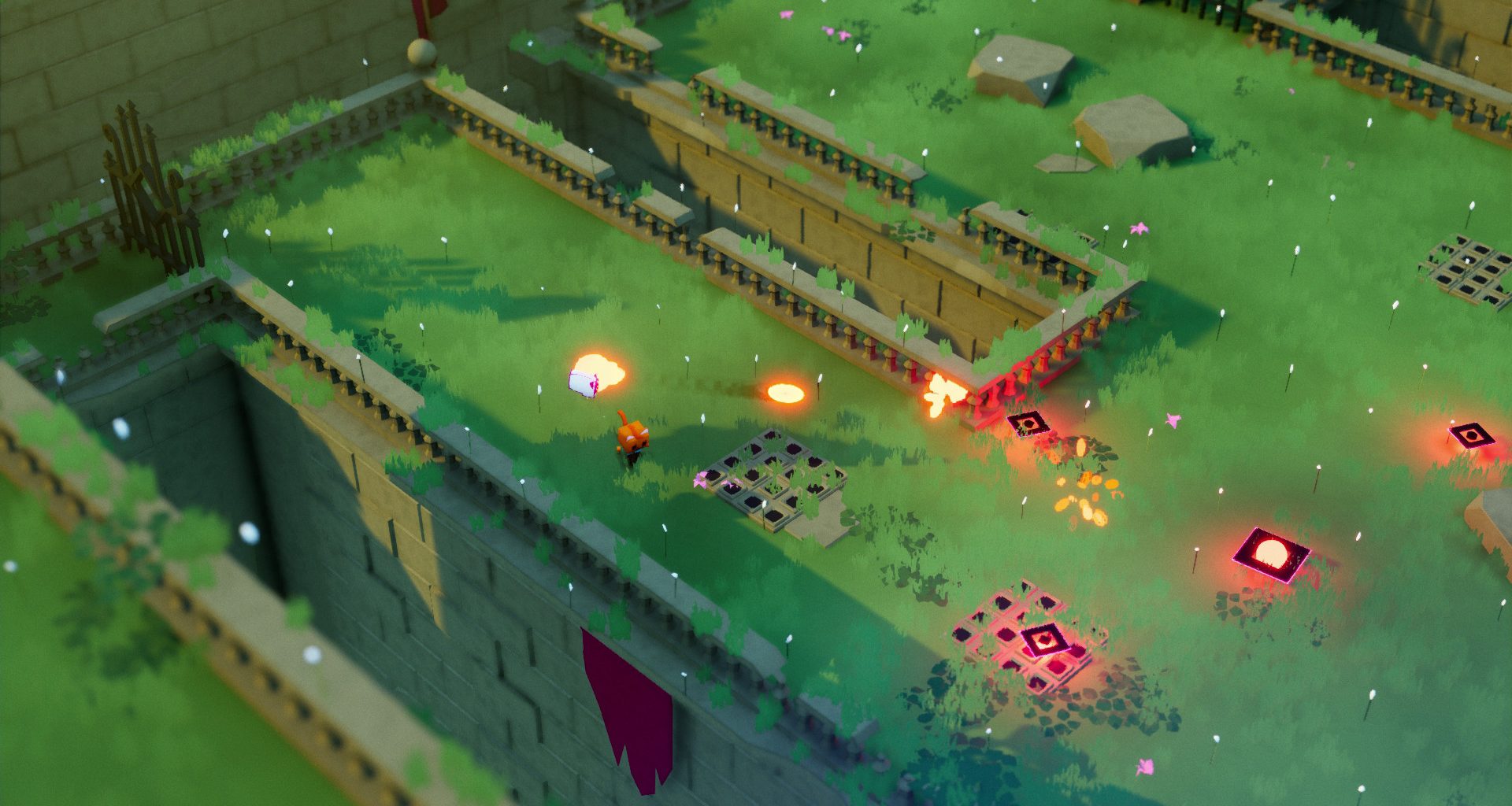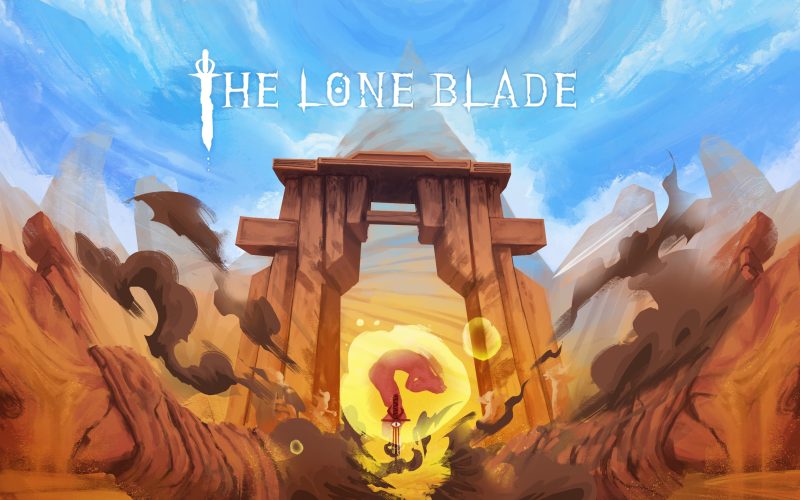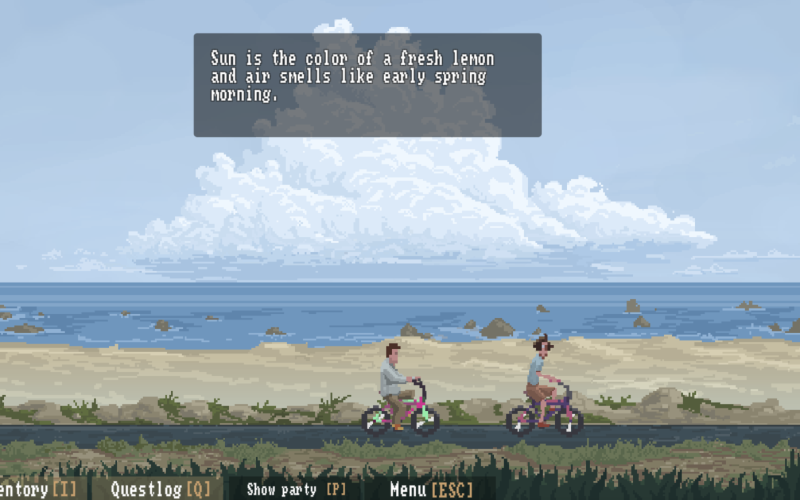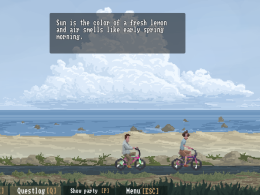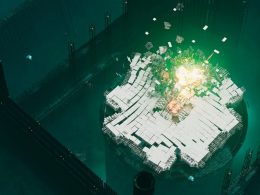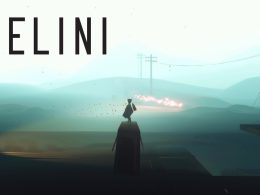The first time we saw Galaia on twitter we immediately decided to add Josep to our WTF Indie Devs list. This is one of those titles that catches your eyes and that you can’t wait to put your hands on. Yes, it is hard for a one-man team to publish a complete game working on it as a side project but we feel that we will hear a lot about Galaia in the next months, so please take a seat and enjoy our interview with Josep, the developer behind Galaia!
| Steam: | https://store.steampowered.com/app/1625930/Galaia/ |
| Twitter: | https://twitter.com/JGDoesThings |
Let’s start from the beginning…
How did this project start?
This is actually a really interesting question! I know it sounds weird, but I sometimes jokingly say that Galaia is a child of the pandemic.
It was early 2020 when being stuck at home made me imagine scenarios like overgrown ruins, old temples, magic portals… I lusted for adventures in the open! That led me to dust off Unreal and create my own fantasy world full of mysteries that I could explore.
It’s funny to think that back then it was just a way to deal with the whole situation. Of course now the game is much more than just a coping mechanism! But I will never forget how Galaia helped me and I hope to fulfill the cravings of adventure and mysteries of as many players as I can.
How did you jump into the indie game development world?
I have wanted to be a game developer since I was a child. It’s kind of amazing how laser-focused I have always been in that regard!
When I was a teen I started making stuff with Python and Blender’s Game Engine, I was totally addicted. Afterwards I studied Computer Science which to this day is one of the decisions I’m most proud of, because it allowed me to have a solid programming foundation and not pigeonhole myself as only a game developer.
I still wanted to work in games first and foremost though, so after finishing my studies I got a job in the industry and have been working as a game programmer ever since.

How would you describe Galaia?
Galaia is an action-adventure roguelite where you will embark on the quest for the powerful and rare Relics created by the craftsman known as The Artisan a long time ago.
You will venture time and time again into the ever-changing region of Galaia defeating enemies, exploring enigmatic locations, uncovering secrets, and collecting Relics so the mystery of The Artisan can finally be unraveled!
Is there any particular “twist” or any aspect that makes your game unique?
I would say there are two main aspects that define Galaia…
The first one is a combat system that highly rewards mobility. This means that moving is not only a way to evade incoming attacks, but also to deal more damage. For example: all the secondary weapons you equip, like the Grenade Launcher, are reloaded by dashing. Another example of this is the Youthful Lilac, a relic that spawns homing projectiles every time you dash. It’s very satisfying for me to see the player moving and dashing around wreaking havoc!
all the secondary weapons you equip, like the Grenade Launcher, are reloaded by dashing.
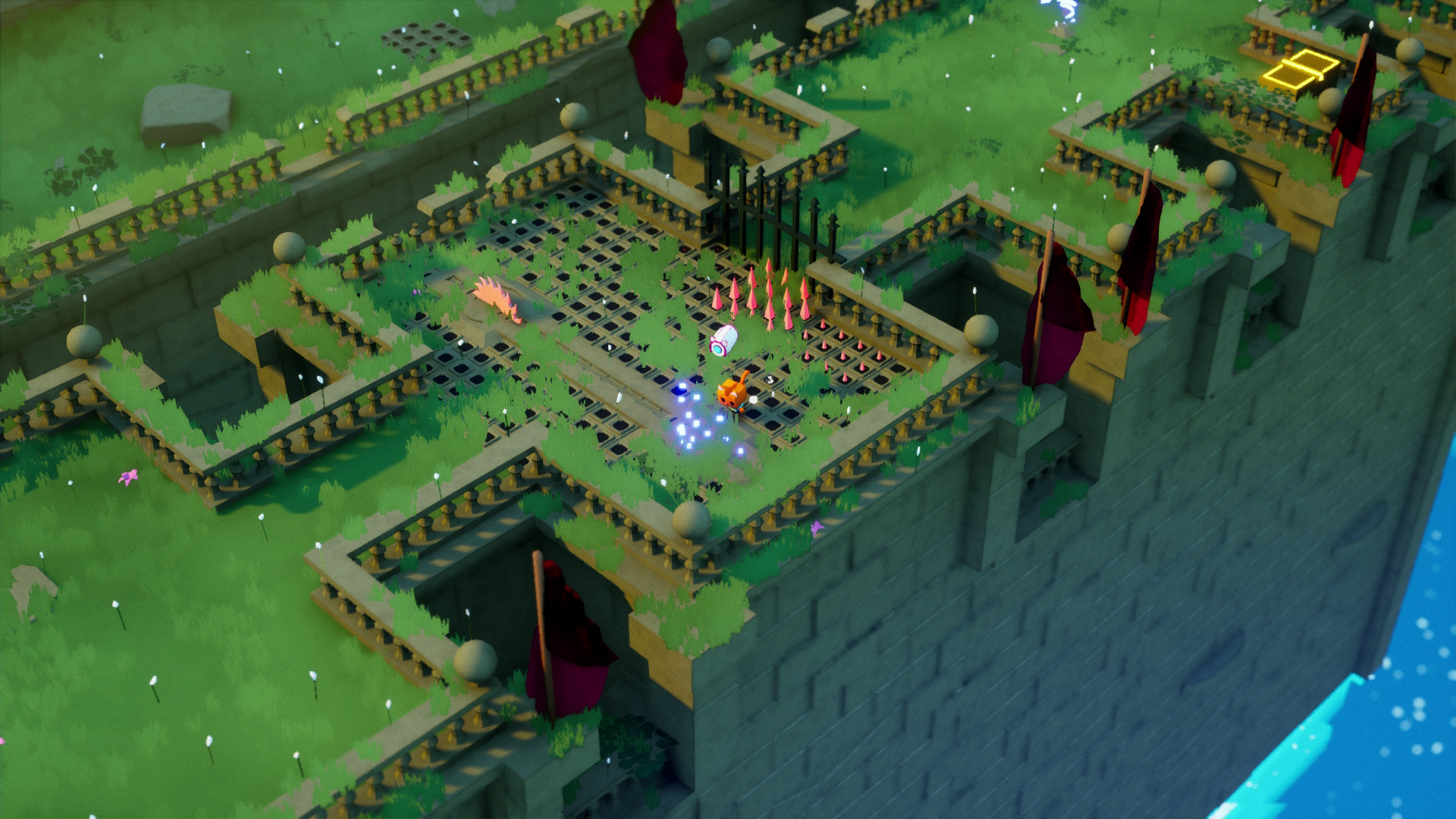
The other one is a gentle approach to the genre. Most Roguelike and roguelite are known for being very punishing and making the players invest a lot of time to get to know the game. While this is a very valid approach (Spelunky 2 is one of my favorite games of all time!), Galaia is designed to be welcoming both in combat and exploration.
Could you highlight some of the aspects that you are taking from the roguelite genre? how will they fit into Galaia?
There are many things I borrow from the genre but if I had to highlight one it would be synergies. A key part to have a successful run in Galaia is to carefully pick which items, weapons and spells synergize with each other, based on what enemies you will be facing. In general I intend to reward players for experimenting and acquiring knowledge of the game.
Galaia also features some staples of the genre like procedural levels, variety between runs and permadeath with some metaprogression.

Any curious technical aspect that you want to share with our readers?
I think the most interesting technical aspect of the game is the way I generate the base of the levels. To give you some context, Galaia uses a system similar to Hades where the levels are created manually, but are presented to the player in random order and with variations. The benefit of this is that I can make sure all levels are fun and designed with intention.
More progress on the level generation tool.
— JG ? is making Galaia! (@JgDoesThings) January 16, 2022
With just a few cubes to define the layout, the whole level is generated in a single click.#gamedev #indiedev #ue4 #unrealengine #ProceduralArt pic.twitter.com/PwsgBEgCz4
However, for this to work you have to create a great amount of levels, so players barely notice them repeating and the game stays fresh.
I now just have to define the layout of the level with some volumes and let the algorithm fill in the gaps
For most of the development I painstakingly crafted these levels by hand, every floor, wall, foliage, etc. I knew this wasn’t sustainable in the long term because it would take me months and months to create all the needed levels. That’s when I realized I could probably automatize most of the steps I was doing by hand. I had seen some examples of 2D autotiling and figured out that it could apply to 3D as well. Once that idea entered my brain I could not let it go.
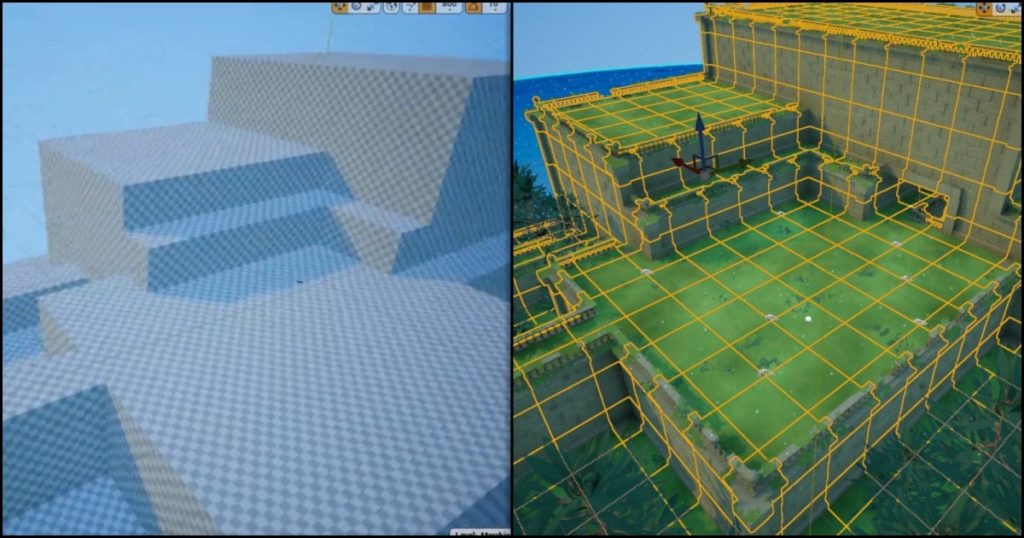
I won’t go into details because it would take too much space but the result turned out great. I now just have to define the layout of the level with some volumes and let the algorithm fill in the gaps, creating grass floors, railings, walls, pillars, stairs…
Previously making a level would take me hours, whereas now it’s a matter of minutes. Another example where investing in tools can save you hundreds and hundreds of hours.
You are working with Unreal. Which approach are you adopting as development workflow?
I use both C++ and Blueprints. The core parts of the game are developed with C++, and then expose functionality to Blueprints for more iterative stuff. An example of this would be the weapon/spell system. All the common logic like damage calculation, health components, status effects, etc, is done in C++. Then if I want to create a new weapon, spell, item… I create a Blueprint that inherits from that C++ code and just tweak the values or add some small behavior.
After years of using Unreal I found this method to be optimal because it mixes the performance of C++ with the ease of use and flexibility of Blueprints.
The art direction of Galaia is amazing, from lights to textures it is all soo polished! Are you also wearing the designer hat?
Everything you see in Galaia has been made by me, except a couple of things like the water shader and some textures, which were acquired from the Unreal Marketplace. To be honest I love creating models, shaders, particle systems and other kinds of visual assets, because it lets me totally control the overall look and feel of the game and at the same time distracts me from long programming sessions.
I’m days away from having a full fledged demo to send to my closest friends and I COULDN’T BE MORE PUMPED.
— JG ? is making Galaia! (@JgDoesThings) May 18, 2022
Can’t wait for them to not be able to figure out any of the secrets of the game ?#gamedev #indiedev #UnrealEngine #roguelike pic.twitter.com/ntSC3LrUBx
I think the key for me has been to play to my strengths. I’m a programmer by trade, so I know I cannot generate detailed and realistic art. I always keep the art stylized, colorful and simple, with the aid of visual effects, foliage and postprocessing.
I encourage everyone who is solo-developing their game to try and supply their weakness in some aspects with their strength in others!
